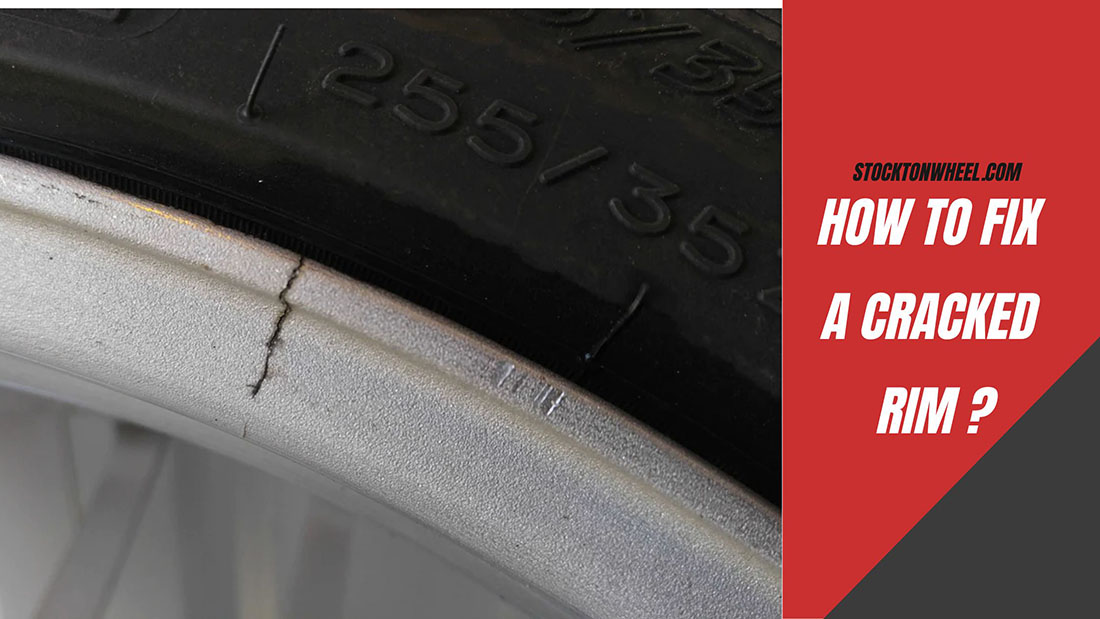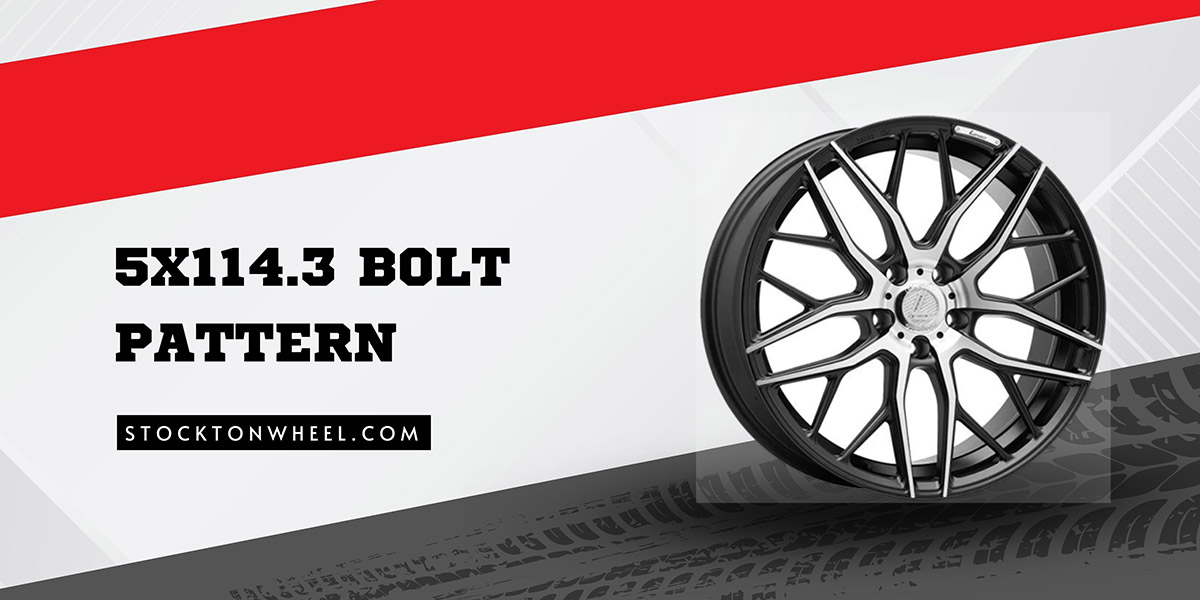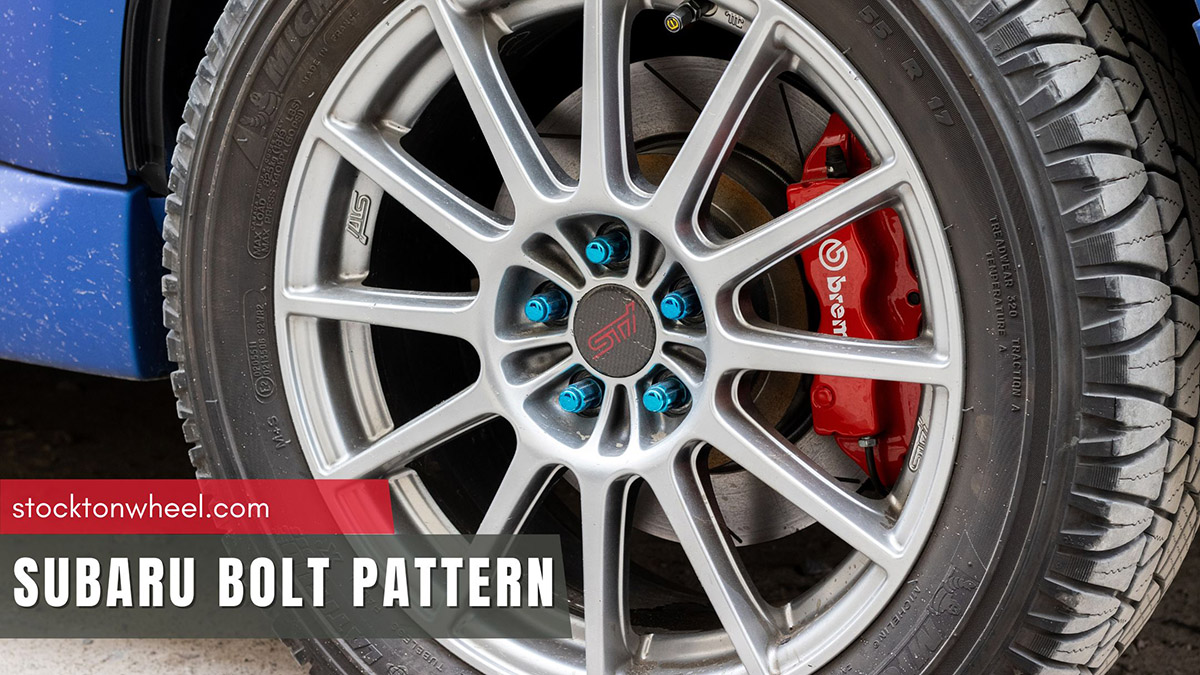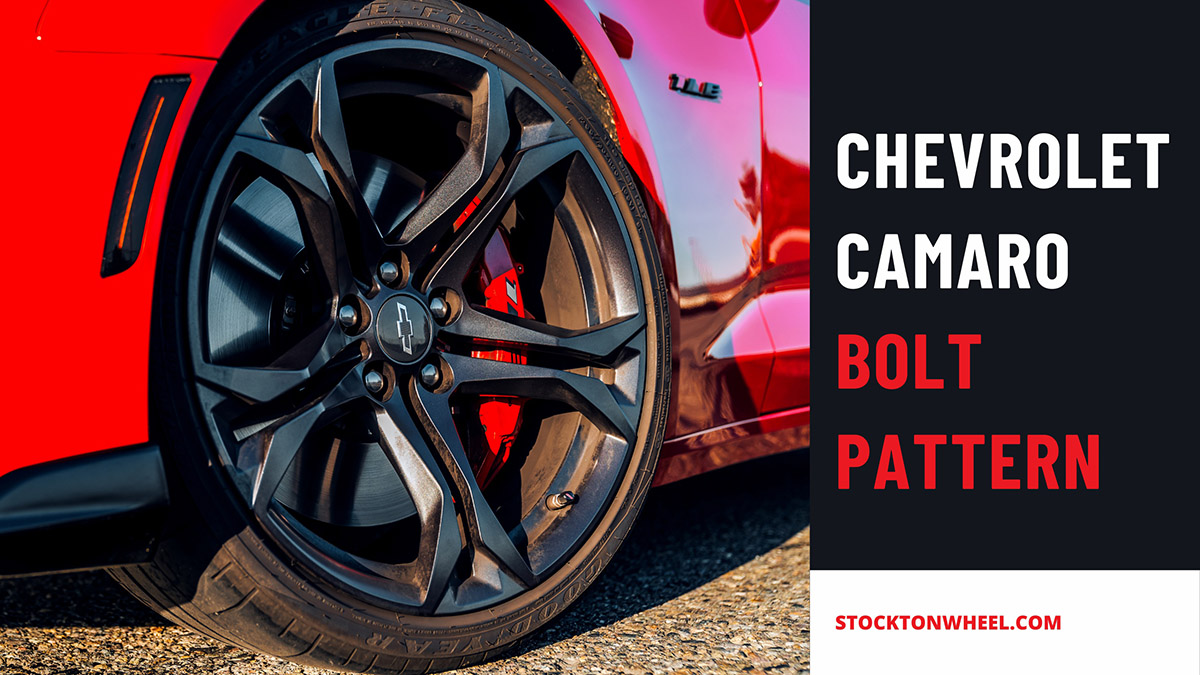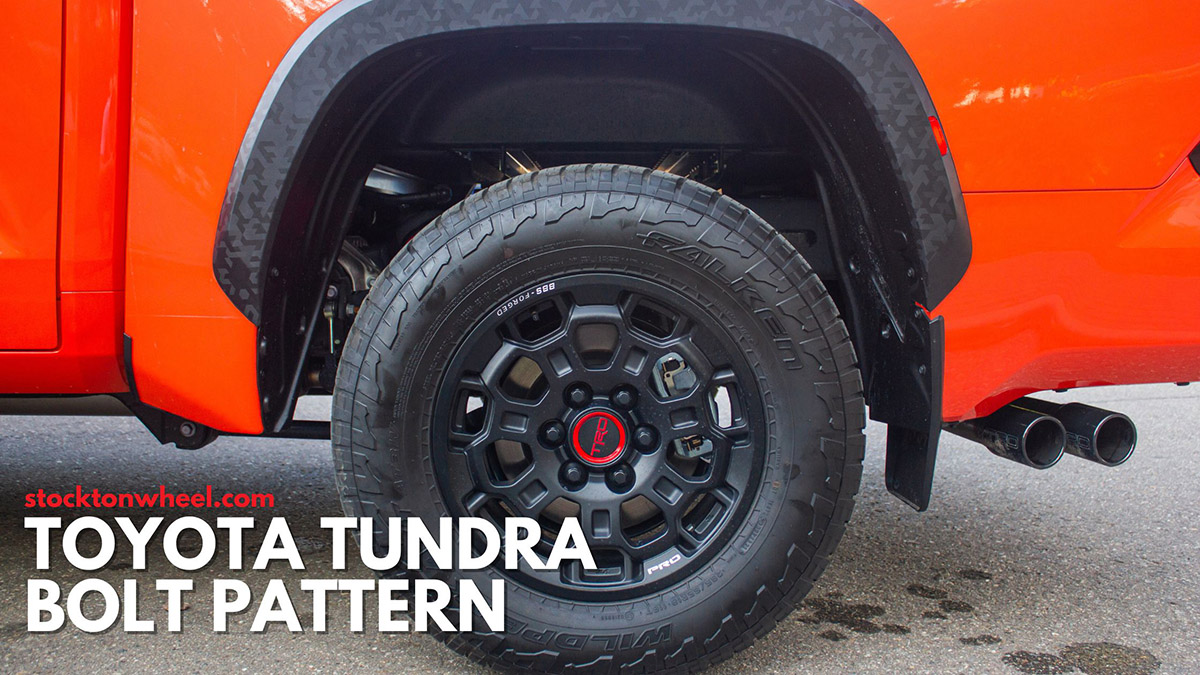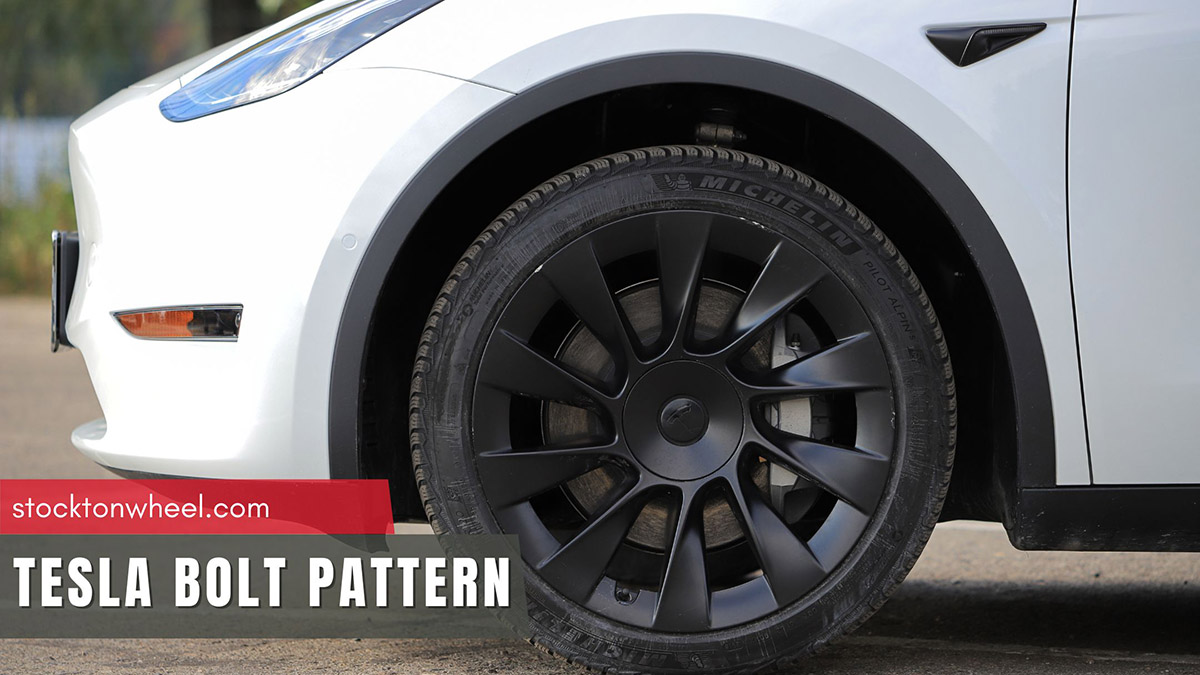A cracked rim not only diminishes the visual appeal of a vehicle but also poses a serious safety hazard. The good news is there are some cases when you can restore damaged wheels to their former glory. The question is: when to have broken rim repair and when to replace your damaged parts? Scroll down to learn!
In this article:
Can You Fix A Cracked Rim?
Whether you can repair cracked rims depends on their condition. Fixings are possible with a hairline crack in the alloy wheel. However, longer or wider wheel damages are beyond repair due to hidden risks on the road afterwards. Those close to the bead seat or spokes or tend to grow in many directions are also unsafe for repair.
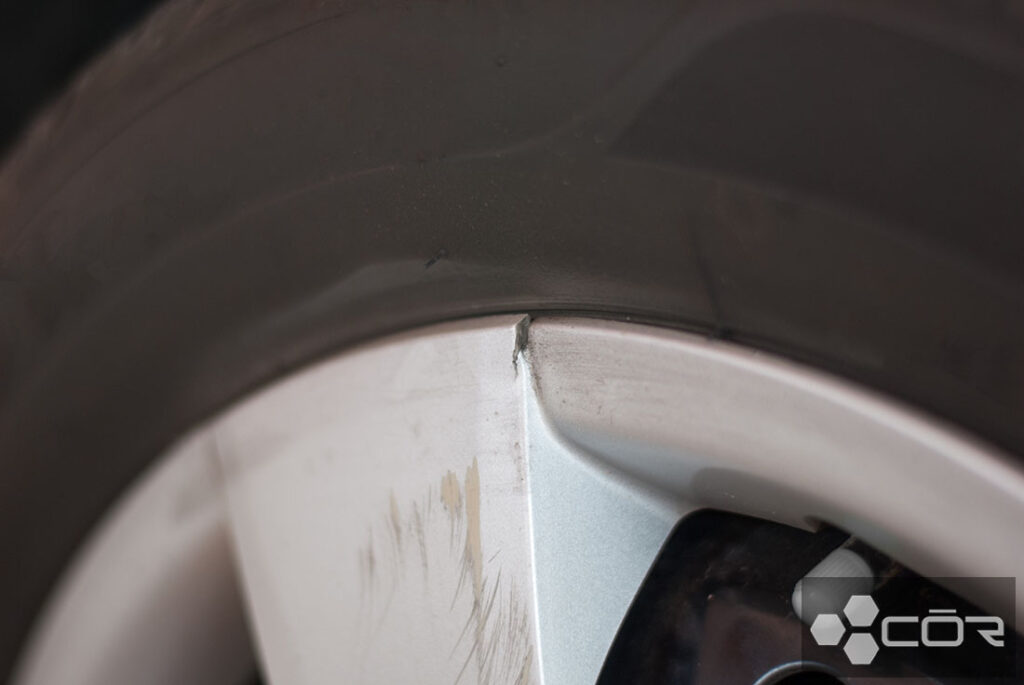
It is best to consult a wheel repair shop to assess the severity of the crack and determine the appropriate course of action. Remember, your safety on the road should come out as a top priority. Hence, address any issues with your rims by following the advice of a professional.
When To Repair & When To Replace
Is rim repair or replacement worth it? It would help if you consider many factors to make an accurate decision.
The Severity And Location Of Cracks
As mentioned above, wheel repair specialists can handle minor rim cracks without problems, not large ones.
Likewise, the location of the damage influences your decision. Most experts agree that defects near dangerous spots, such as the lug area, the front lip of the wheel, or where the rim and tire meet, are not repairable. There is also no point trying to mend a crack that has spread in multiple directions.
Materials
Consider repairing a steel wheel since it’s sturdy enough to withstand the straightening and welding process without losing its structural integrity. So you almost have the same rim as the original one.
In comparison, alloy and aluminum rims are too fragile for repairing under high heat, and you might end up with a completely broken wheel. Instead, it’s best to invest in a new rim set.
Performance & Safety
Once repaired, no rims can function at their best. Even though the repaired wheel is still in good working order, it may suffer a loss in quality and safety. You should know that even small fractures can weaken the rim and pose more serious risks in the future.
Plus, repairs can impair your handling ability. Most vehicles become less stable, albeit slightly, at high speeds. Additionally, unreliable welds lead to air leaks in tires in the long run.
Costs
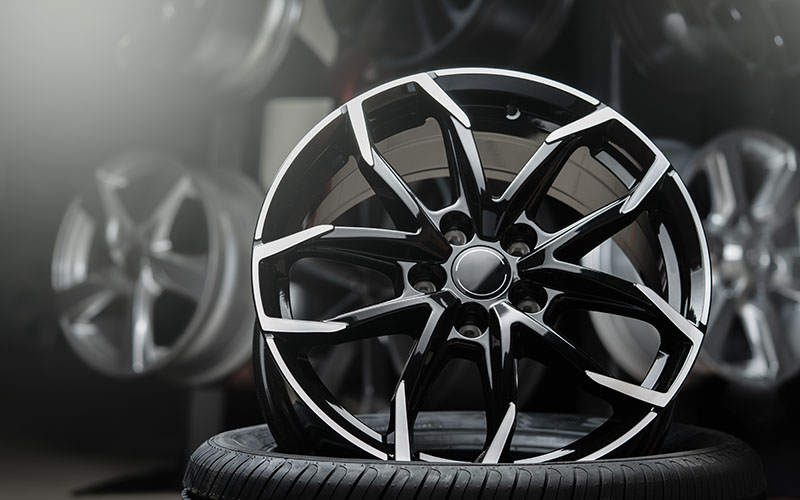
Of course, repair is always cheaper than brand-new wheels, but it is worth considering the additional costs. For example, severe damage requires many hours of work by experienced technicians, thereby increasing labor costs.
If you do not come to a trusted auto shop, you cannot completely solve the problem. After a short time, you can spend more money fixing other technical issues, significantly adding up the cost.
In cases with severe damage, a new set under $400 becomes a better choice than welding.
Durability
A new wheel lasts longer than one that has been repaired many times. Since new components also come with a warranty, replacement promises long-term usage. Meanwhile, repairs may even void your vehicle’s warranty if it is still valid. Think of how long have you used that cracked rim; discard it and buy a new one if it’s past the guarantee period.
How To Fix A Cracked Rim
With Welding
- Take precautions
Prioritize safety by wearing appropriate protective gear, including welding gloves, a welding helmet with a face shield, and fire-resistant clothing. Ensure you work in a well-ventilated area and have a fire extinguisher nearby.
- Identify the crack
Examine the rim carefully to determine the full extent of the crack. Sometimes, you must clean the cracked area first to achieve hassle-free reach. Use a wire brush or sandpaper to remove dirt, rust, or debris.
- Preheat the rim (optional)
Depending on the material and size of the rim, preheating may be necessary to reduce stress and distortion during the welding process.
- Apply welding technique
Choose a suitable welding method, such as MIG (Metal Inert Gas) or TIG (Tungsten Inert Gas). Follow the specific welding procedure recommended for your rim material and crack size.
As you prefer the second method, begin welding from one end of the crack and gradually move along its length. Use a zigzag or back-and-forth motion to ensure proper fusion and penetration. Take breaks during the welding process to avoid overheating the rim.
- Post-repair inspection and testing
Let the rim cool down naturally, and then inspect the weld for defects or cracks. Apply a diluted detergent solution to the damaged area and then wipe to look for cracks. You can also use a soft hammer to test the sound. Assuming you have completed your work well, a ringing sound should pop up and gradually disappear after 30 seconds.
Without Welding
- Assess the crack
Evaluate the size and location of the crack. You can proceed with the repair if it is a small crack and not in a critical area in the rim. Take a wire brush to clean the wheel surface for better sight.
- Apply the epoxy adhesive
Purchase a high-strength epoxy solution designed for metal bonding. Mix the hardener and resin according to the manufacturer’s instructions. Apply generous adhesive to the cracked area, ensuring it fills the crack.
- Clamp the crack
Use C-clamps or similar devices to hold the cracked edges of the rim together firmly. Apply sufficient pressure to ensure a tight bond.
- Allow for curing
Follow the manufacturer’s instructions for the curing time. This process often lasts overnight and does not involve any external drying methods.
- Test the rim
Once the epoxy adhesive has fully cured, carefully remove the clamps. Inspect the repair to ensure the crack is securely bonded. Install the repaired rim back onto the vehicle and perform a thorough test drive.
Limitations
The feasibility of hot welding depends greatly on the material. The impact of specialized tools may alter the original properties of the repairable wheel, compromising its structural integrity, so the repaired area can weaken or break under stress.
The intense heat generated also affects its balance and gives rise to handling issues. This can be challenging to correct, even with subsequent repair. In some cases, welding failed to address the underlying problems fully. If the root cause is not resolved, there is a risk of cracks in the wheels soon.
Meanwhile, the adhesive used may not provide the same strength and durability as a welding. It may not withstand long-term stress or extreme conditions, and the crack could reappear or worsen over time.
Tips To Prevent A Broken Rim
- Be vigilant while driving and try to avoid bad-quality roads, deep potholes, aggressive curbs, and other road hazards that can leave significant impact on your rims.
- Ensure your tires are inflated to the recommended pressure levels specified by the vehicle manufacturer.
- Perform visual inspections regularly. Look for signs of cracks, bends, or other damage. If you notice any issues, have them addressed promptly by a professional.
- Do not exceed the maximum load capacity specified for your vehicle. Overloading stresses the rims excessively, leading to potential damage or failure.
- Exercise caution and reduce your speed when driving off-road.
- Invest in rims with appropriate strength and durability designed to withstand the demands of your driving conditions.
- Keep up with routine maintenance, including wheel alignment and tire rotation, to prevent uneven wear and minimize stress on the rims.
FAQs
How Much Does It Cost To Repair A Cracked Rim?
The cost of rim repair can range from $75 to $200 per wheel. However, it varies depending on several factors, including the severity of the crack, the type of rim, the labor charge, etc.
How Long Can You Drive On A Cracked Rim?
It is not recommended to drive on a cracked rim. It would help to have your component repaired as soon as scratches appear.
Conclusions
Cracked wheel repair allows drivers to maintain safety and aesthetics without costly replacements. However, it is essential to acknowledge the possibilities and limitations of these methods. Feel free to consult with experienced professionals who can assess the extent of the damage and provide appropriate recommendations.
See more: Can You Fix A Bent Rim

